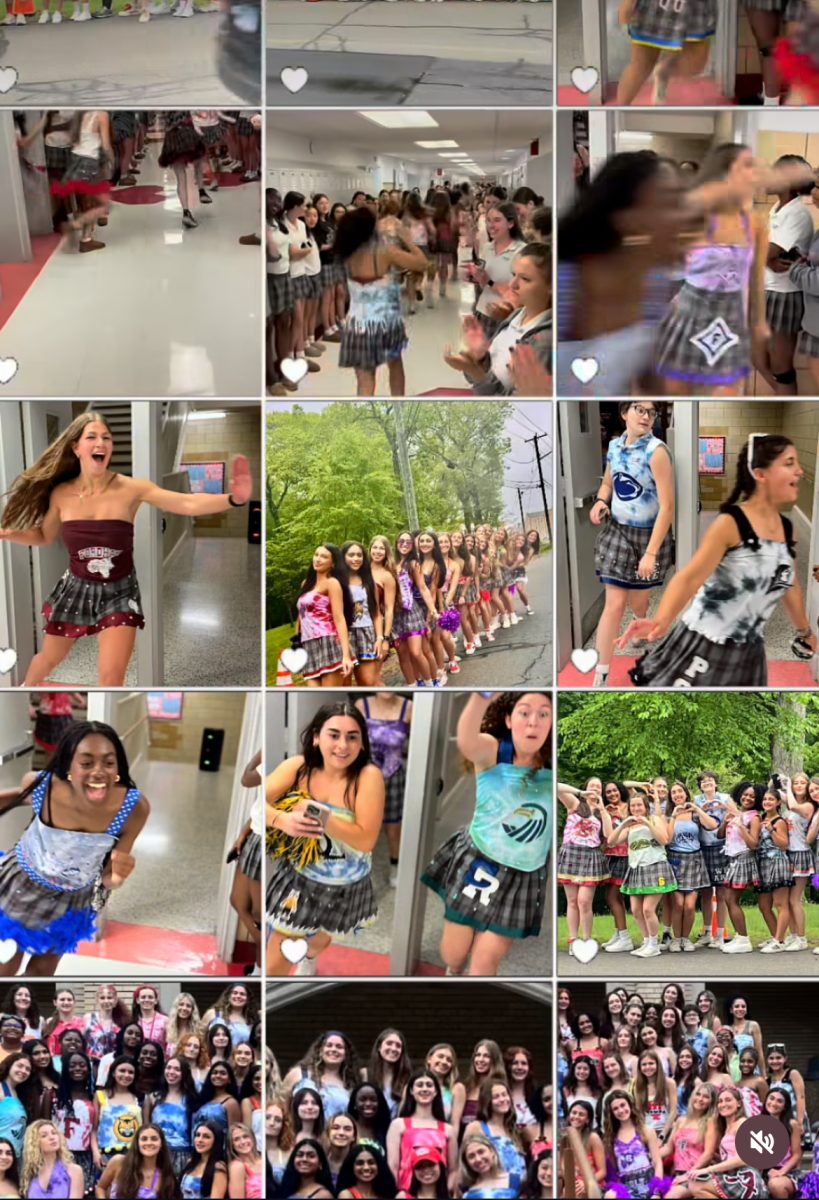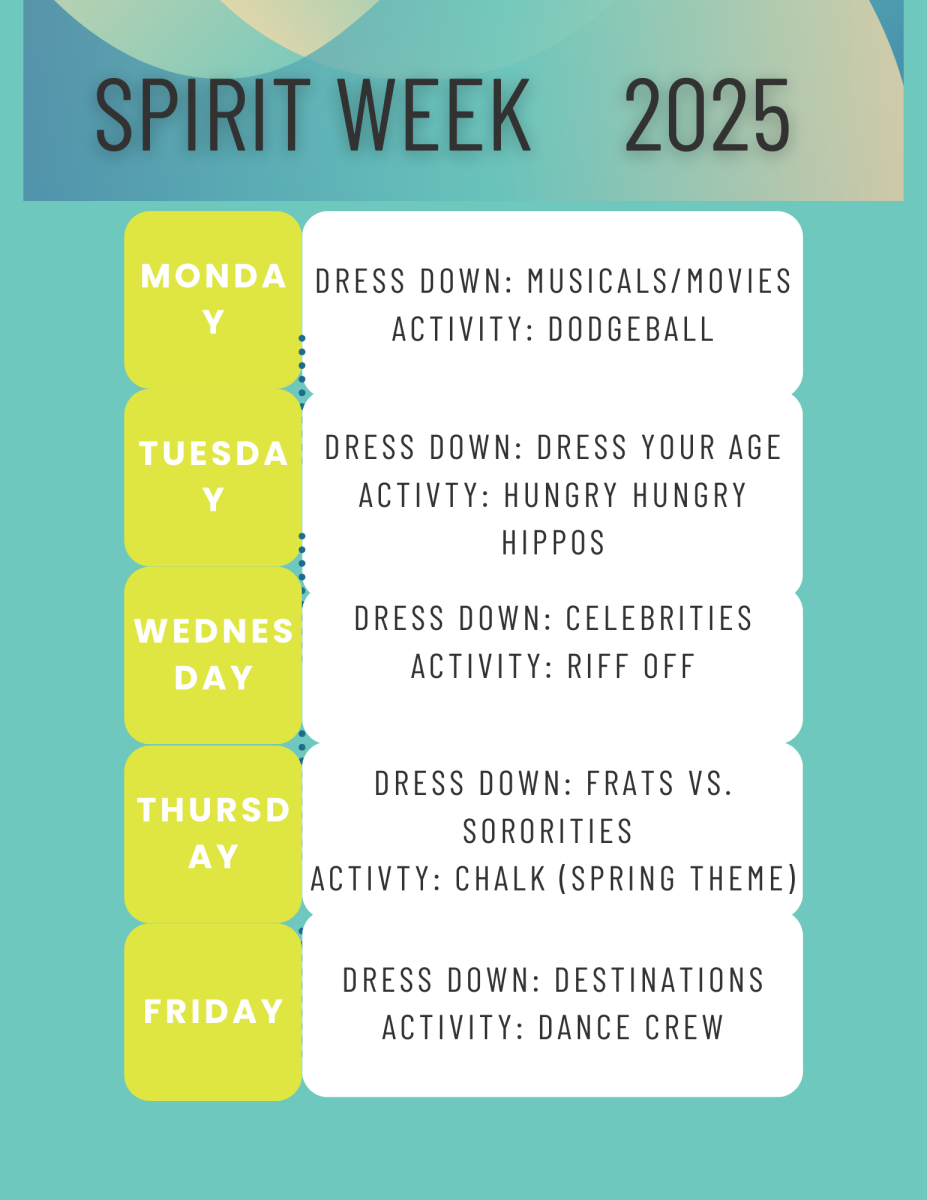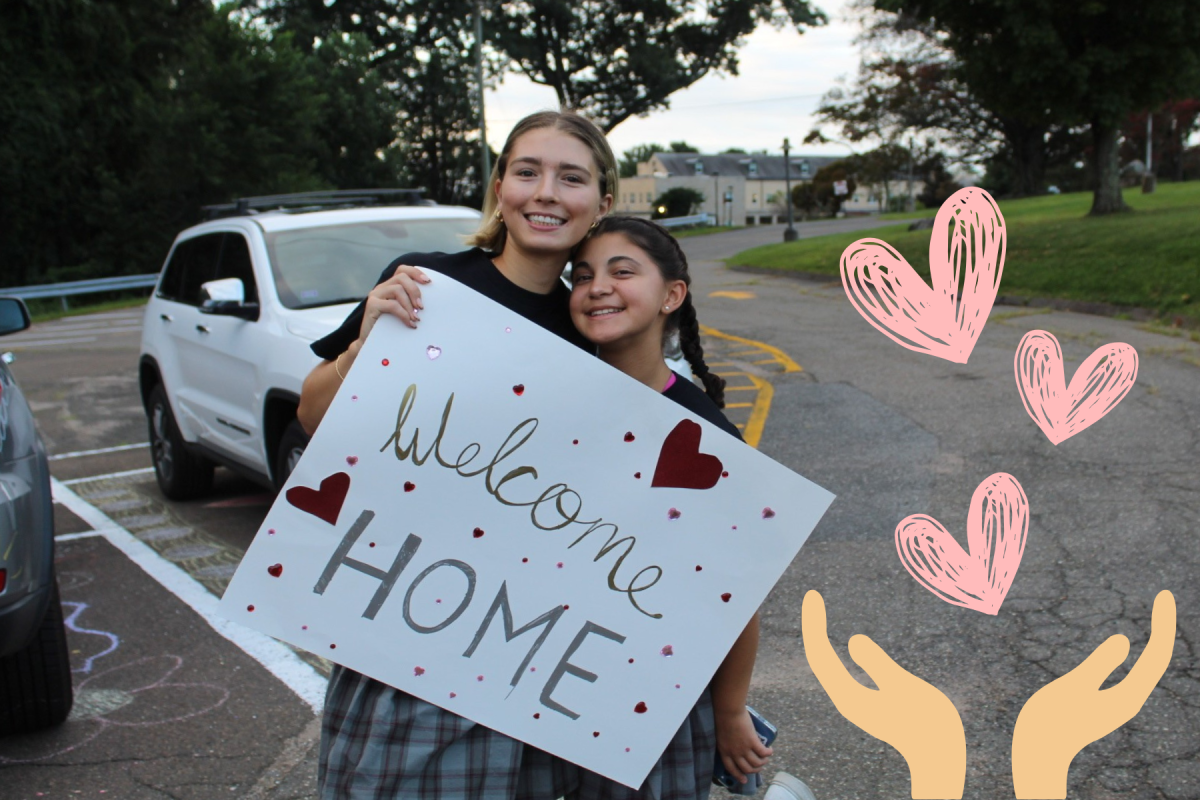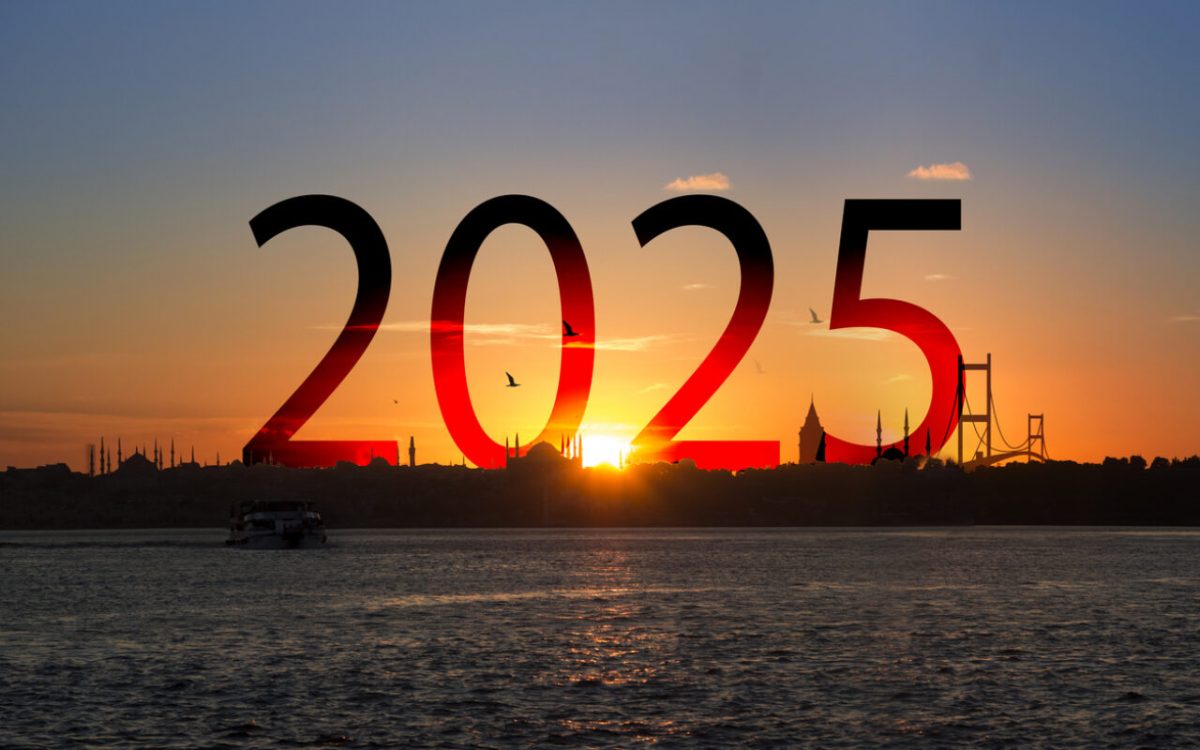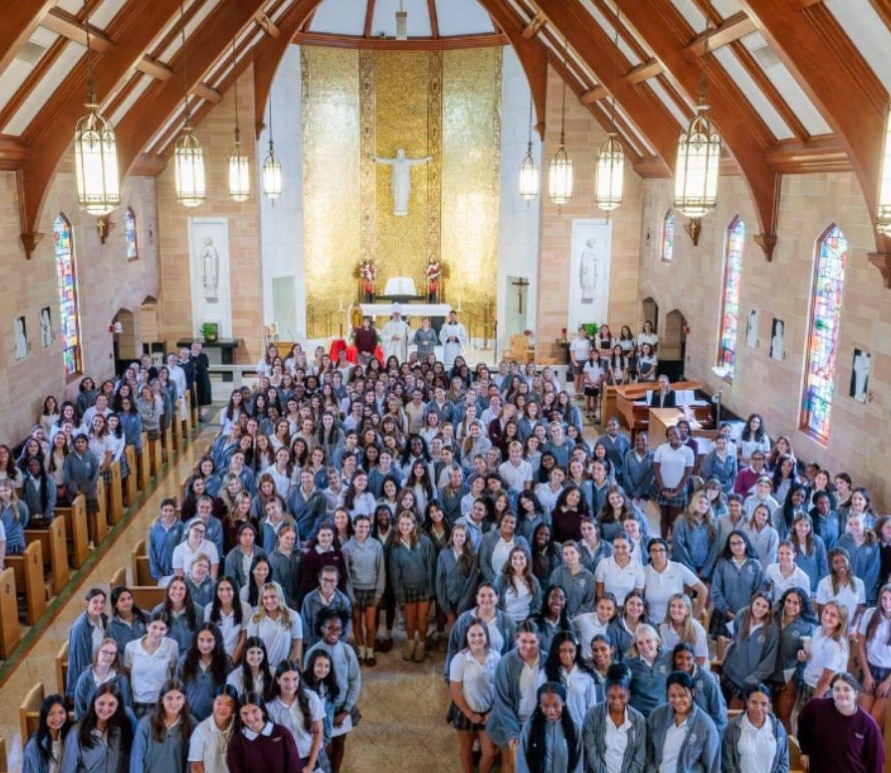From Facebook diets to politicians allegedly murdering children ritualistically in a pizza shop, the media fosters the growth of a hodgepodge of information. Anyone can upload whatever content they wish with how simple and accessible the internet is. With the immense amount of information that users are exposed to, it is difficult to discern what is reliable and true from what is outright outlandish. What makes matters worse is that navigating such a vast jungle of wild headlines is not a skill everyone holds: in a survey conducted in December of 2016 by the Pew Research Center, approximately 1 in 4 U.S adults report sharing fabricated news whether they knew at the time or not. In a world where falling victim to misinformation can invite major repercussions, media literacy is an essential skill that adolescents should be taught in school.
Media Literacy, which is divided into 3 areas of competency, is crucial to evaluating the credibility of information found online. The 3 areas of competency in media literacy are use, understanding, and creation (MediaSmarts). The difference between someone who is media literate and someone who is not, is how they process content. Someone who is media literate will research source reputability and credibility. They can evaluate reliability efficiently and understand the purpose behind publishing certain information. A person with the skill of media literacy thinks about what they’re seeing and questions it rather than blindly spreading its compromised veracity. Misinformation can expose users to dangers such as sharing personal data, interacting with online predators, and ignorance. If media literacy courses were implemented in media safety curriculums in adolescent schools, the ability to navigate the media could reduce their susceptibility to media dangers.
Given the attention received over the pizza gate conspiracy, a baseless rumor can be shown to spiral into damaging the reputation of even politicians. Pizza gate was a conspiracy theory in 2016 suspecting that the members of the Democratic party were involved in a pedophilia ring in a pizza shop. Despite the lack of evidence supporting Hillary Clinton’s affiliation with sex-trafficking children to sacrifice in a pizza shop basement, the circulation of the ordeal in discussion threads and social media led to the formation of fake news sites publishing elaborate details about this untrue story. As one can imagine, while Clinton was campaigning for her presidential election, rumors about trafficking children would only tarnish her image. The situation gave way to members of the democratic party receiving death threats and harassment. Eventually, the situation escalated into a gunman firing his weapon inside the pizza shop to personally investigate the theory. False information can easily be circulated and instigate major repercussions like in pizza gate. Information should only be redistributed with authentication from their respective experts, not a random media theory.
In the words of Renee Hob in the award-winning documentary “Tuning in to the Media”,” In a saturated with images children need a set of skills to enable them to ask important questions about what they see, watch, and read. For too many years educators have ignored, trivialized, or dismissed these newspapers, magazines, radio, film and, of course, television. Yet it is through media messages that we receive most of our information about the world. Now as never before media culture is out culture.” Adolescents should question all the content they encounter to understand stereotypes, bias, and better evaluate truth. Noticing minute details that others tend to subconsciously ignore is crucial for their perception of information in their futures. As one grows older, it is harder to retain information and learn. It is for this reason that adolescents must learn essential skills while they have young, absorbent minds. In shaping their minds to analyze the information they are seeing in the media, adolescents gain a skill that gives them the ability to discern fact from nonsense.
Adolescents are susceptible to absorbing and applying information from their surroundings. They are known to carry those tendencies and acquired mannerisms outside the classroom into their real lives, and eventually, their adulthood. As James Brooks stated,” Outside the classroom, students spend a great deal more time with nonprint media than they do with the printed word, so why not build upon those experiences to help them become better critics of audio/ visual content and imagery.” If young students never learn how to properly assess information they are exposed to by the media, it will follow them into their adulthood and create uneducated/uninformed biases on information they know virtually nothing about.
Pizzagate is not the only conspiracy to spiral out of control despite being false. Smoking cigarettes were once thought of to be medically beneficial despite being proven to be detrimentally harmful to the respiratory system years later. One cannot accept arbitrary claims without thorough research to back them up. Any skill can be learned with proper reinforcement from educators and the prime time to learn is in one’s youth. Having the skill to discern honest information from “untruthful” speculation is just as essential for adolescents to learn as tying their shoes, and school should be just the place to learn it.
For more references:
- Brooks, James. “Teenagers Evaluating Modern Media.” The English Journal, vol. 87, no. 1, 1998, pp. 21–24. JSTOR, https://doi.org/10.2307/822014. Accessed 25 Sept. 2023.
- Cunliffe-Jones, Peter, et al. “DIFFERENT TYPES OF MEDIA LITERACY: DIFFERENT EFFECTS.” Misinformation Policy in Sub-Saharan Africa: From Laws and Regulations to Media Literacy, University of Westminster Press, 2018, pp. 23–26. JSTOR, http://www.jstor.org/stable/j.ctv1v3gqw5.7. Accessed 19 Sept. 2023.
- Johnson, Lesley L. “CHAPTER ONE: Media Literacy Education.” Counterpoints, vol. 106, 2001, pp. 1–18. JSTOR, http://www.jstor.org/stable/42976225. Accessed 25 Sept. 2023.
- Johnson, Matthew. “Digital Literacy and Digital Citizenship: Approaches to Girls’ Online Experiences.” eGirls, eCitizens: Putting Technology, Theory and Policy into Dialogue with Girls’ and Young Women’s Voices, edited by Jane Bailey and Valerie Steeves, University of Ottawa Press, 2015, pp. 339–60. JSTOR, http://www.jstor.org/stable/j.ctt15nmj7f.17. Accessed 19 Sept. 2023.
- Martin, Florence, et al. “Middle School Students’ Social Media Use.” Journal of Educational Technology & Society, vol. 21, no. 1, 2018, pp. 213–24. JSTOR, http://www.jstor.org/stable/26273881. Accessed 25 Sept. 2023.
- O’Neill, Brian, and Ingunn Hagen. “Media Literacy.” Kids Online: Opportunities and Risks for Children, edited by Sonia Livingstone and Leslie Haddon, 1st ed., Bristol University Press, 2009, pp. 229–40. JSTOR, https://doi.org/10.2307/j.ctt9qgvds.23. Accessed 19 Sept. 2023.
- Developing Digital and Media Literacies in Children and Adolescents | Pediatrics | American Academy of Pediatrics (aap.org)
“Fake News.” Issues & Controversies, Infobase, 4 Nov. 2020, icof.infobase.com/articles/QXJ0aWNsZVRleHQ6MTY0NTA=. Accessed 25 Sept. 2023.
- ‘Pizzagate’ gunman in D.C. sentenced to four years in prison | PBS NewsHour
- Education in the age of fake news and disputed facts | Pew Research Center


